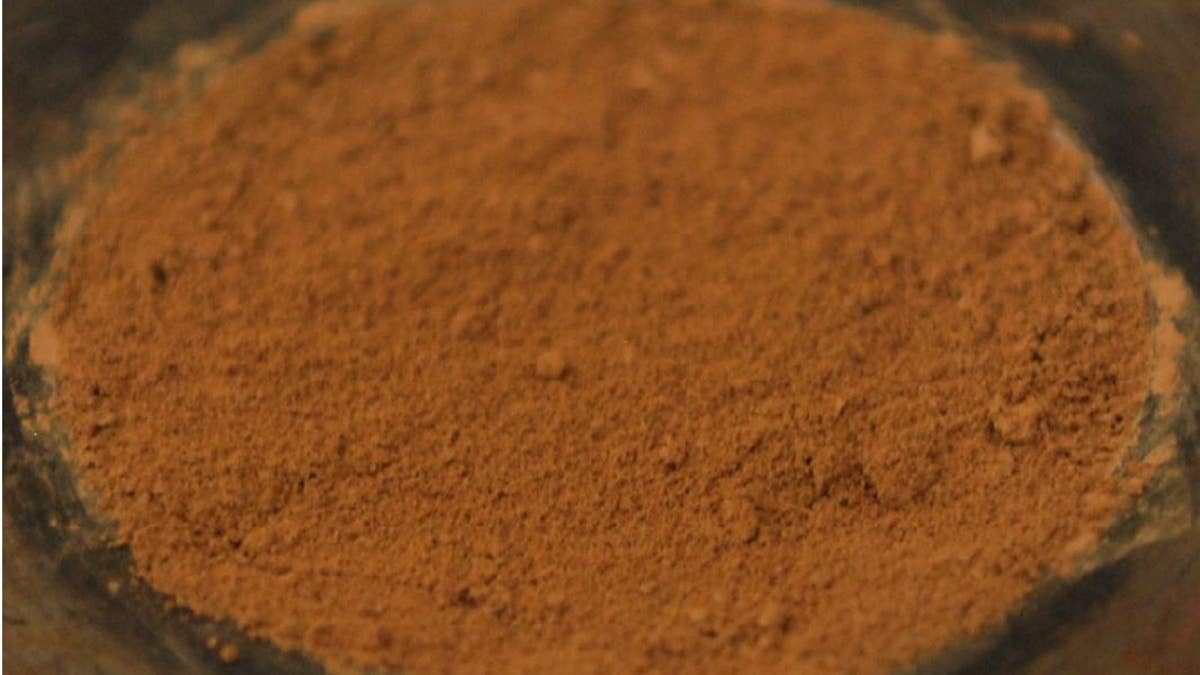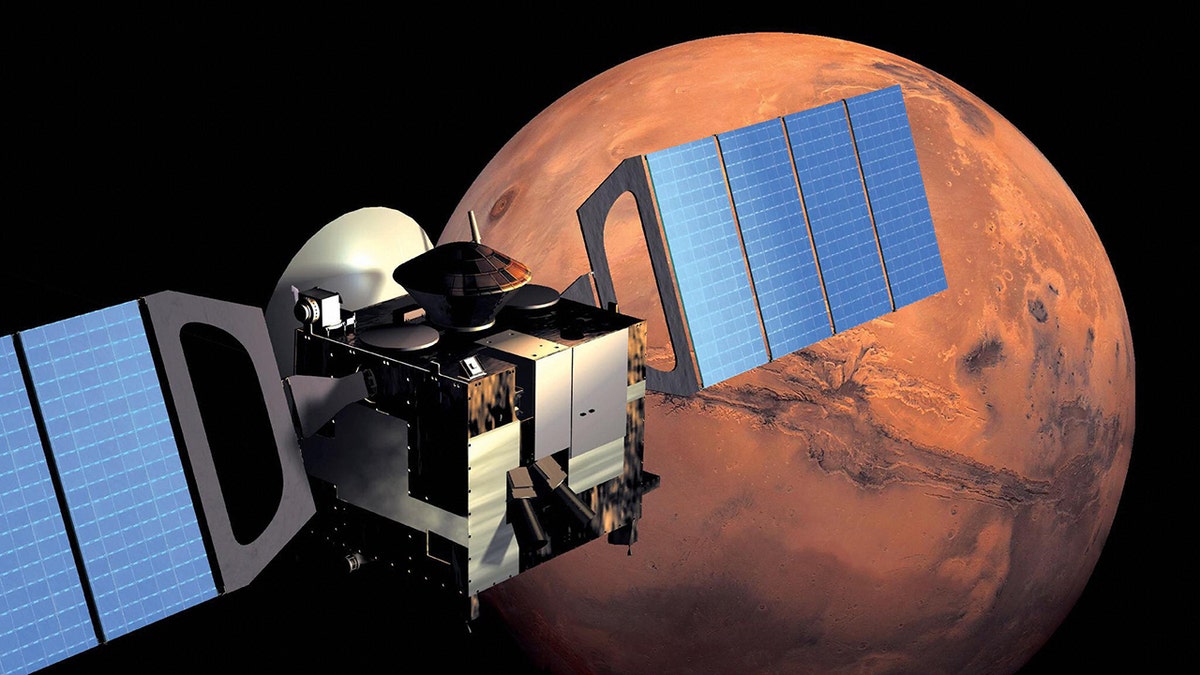The distinctive red color of the seas comes from the mineral ferrihydrite, which is only formed in the presence of cold water, says a new study.
Ferrihydrite is also formed at a temperature lower than other minerals that form the surface of the red planet called, as the hematite, which had previously been considered the main reason for its tone.
“This suggests that Mars could have had an environment capable of maintaining liquid water before it went from a damp environment to a dry environment billions ago,” NASA said in a statement this week.
NASA partially financed the study.
Griff Jenkins: “The race on Mars is on”
The distinctive red color of the seas comes from the mineral ferrihydrite, which is only formed in the presence of cold water, says a new study. (AFP through Getty Images)
Study researchers, published in Nature Communications this week, analyzed data from various Mars missions, including various seas of Mars, and the findings were compared to laboratory experiments “where the team tested how light interacts with ferihydrite particles and other minerals in simulated Martian conditions,” said NASA.
“The fundamental question of why Mars is red has been considered for hundreds if not for thousands of years,” said the lead author of the study Adam Valentinas in a statement.
Valantinas is a postdoctoral colleague at Brown University who started studying as a doctorate. Student at the University of Bern in Switzerland.
He continued, “From our analysis, we believe that ferrihydrite is everywhere in dust and also probably in rock formations, too. We are not the first to consider ferrihydrite as the reason Mars is red, but now we can better try this through observational data and new laboratory methods to make a Martian powder essentially in the laboratory.”

In this document published by NASA, a landscape of Mars is seen in a photo of the panoramic camera of the Mars Exploration Rover Spirit in 2003. (NASA/Jet Propulsion Laboratory/Cornell University through Getty Images)
NASA’s Martian helicopter promises unprecedented visions of the red planet
The senior author of the studio, Jack Mustard, called the studio a “opportunity to open the door”.
“It gives us a better opportunity to apply principles of training and mineral conditions to take advantage of time,” said Mustard, a professor at the University of Brown. “What is even more important, however, is the return of the samples of Mars that are now collected by the perseverance Rover. When we recover, we can check and see if it is correct.”
The research shows that Mars probably had a fresh but humid climate and potentially habitable in its ancient past.
The Mars atmosphere is too cold and then to support life now, but billions of years ago the planet had an abundance of water, NASA, which is also shown in the ferrihydrite that is in its dust.

Simulated seas sample sample sample. (NASA/Adam Valentinas)
“These new findings point to a potentially habitable past for Mars and highlight the value of the coordinated research between NASA and its international partners in exploring fundamental issues about our solar system and the future of space exploration,” said Geronimo Villanueva, an associate director for the strategic science science of the exploration division of the solar system in the solar system. NASA in Maryland and co-author of the study.
Click here to get the Fox News app
Valantinas said what researchers “want to understand is the old Martian climate, chemical processes on Mars, not only old, but also present.”
He continued: “Then there is the question of habitability: there has been life? To understand that, you have to understand the conditions present during the time of this ore. Iconic red aspect.”
#red #seas #color #related #habitable #study
Image Source : www.foxnews.com
